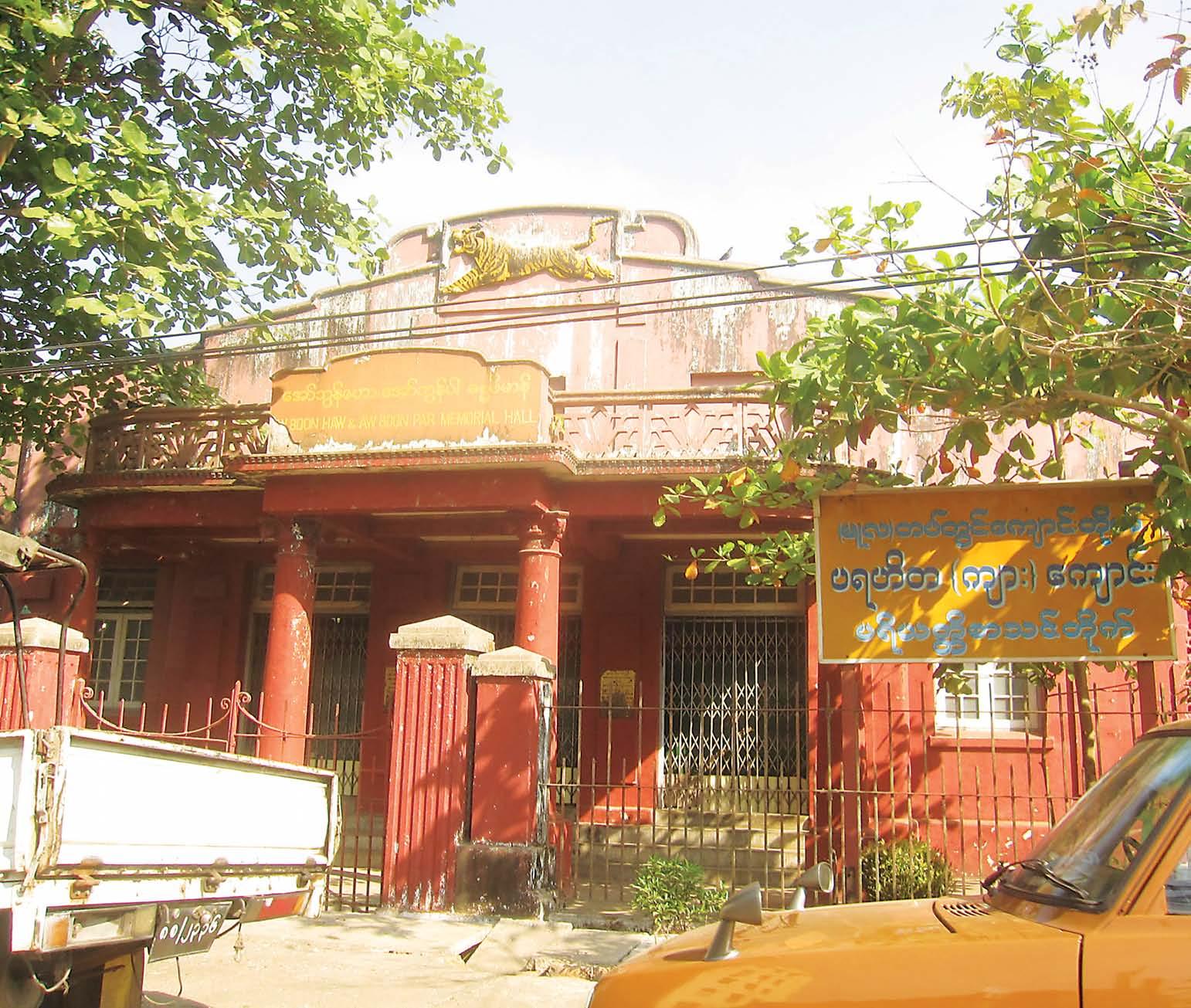
4 minute read
The Mad Men of Colonial Burma
TEXT: CHRISTIAN GILBERTI
Ifirst noticed them in a number of restaurants around Yangon: rusted old tin signs in still-vibrant colors advertising a wealth of different products from whiskey to baby formula.
Advertisement
They were evocative of a time and place that I knew very little about.
Some were familiar – advertisements for European imported items the likes of which I had seen in supermarkets around the city: Staedtler pencils, Nestle coffee, Horlick’s malted milk. But others were for brands that had long since ceased to exist (Ebensen’s Danish butter, Bile Beans, and Sanatogen “brain tonic” anyone?).
Many of the signs appeared in two or three languages (in the case of the one for Tiger Balm, in four: Burmese, Mandarin, English, and Malay), and as such they spoke to a multilingual audience.
I was intrigued, and as I came to study them, what were initially pieces of quaint décor took on a new significance for me as some of the only remaining evidence of Burma’s distinctive cosmopolitan past.
At the turn of the nineteenth-century, so the story goes, the British colony of Burma was exporting natural resources like rubber, teak and petroleum to the West and importing European manufactured goods.
But what few people know is that, gradually, as the century progressed, domestic Burmese manufacturing took on a more important role.
Though always smaller than the import trade, Burmese domestic products were marketed regionally.
For instance, Tiger Balm was first created in Burma in 1870, when an apothecary passed on his secret on to a pair of Chinese brothers named Haw and Par, who began to market the analgesic all along the Straits of Malacca and even further afield to Europe and China.
The brothers amassed a great fortune and became philanthropists, building (among other charitable ventures) a memorial hall (still standing) at the Yangon Centre for the Blind, complete with the brand’s logo, a leaping tiger, over the entrance.
As I researched these signs, a quick internet search turned up a number of other local manufacturers; they were the remnants of a Burmese industrial era gone-by.
There was the Dawood Match Co., Imperial Waters, Burma Enameled Iron Wares Ltd., Bo Ohn Thee Toy Company and the Burma Biscuit Factory to name a few.
In Yangon alone the Phoenix Coach Works made “dog carts, buggies, gharries and victorias”, Misquith and Co. made pianos, and the Diamond Co. made ice and aerated water.
Many of these companies proudly proclaimed that they were “Made in Burma” a slogan that is now distinctly hard to come by.
The largest market, however, was still for imported goods and it was in this area that advertising began to play a major role in dictating the Burmese encounter with modernity and the West.
In order to create a demand for foreign goods, importers began marketing to the Burmese consumer (foreign companies rarely had in-country advertising staff, and so they left the marketing of their products up to the local distributors, often Burmese).
In her book Refiguring Women, Colonialism and Modernity in Burma, Chie Ikeya suggests that these firms used a new rhetoric of “modernity” and “science” to sell their products.
At the same time, the “foreign” was becoming increasingly popular in Burmese advertisements.
Foreign English and Scottish products held a certain cache and Burmese
The Burma Biscuit Factory. Tin sign in 3 languages - English, Burmese and Mandarin. consumers were told that they had to buy certain products in order to keep up with the rest of the world.
Clearly not all Burmese buyers were convinced, however, and advertisers were pushed to market foreign goods in more and more far-fetched ways.
Take for example the almost comedic ad for “Peek Frean’s Famous English Rich Fruit Cake” that suggests it is perfect “for offerings to phongyis (monks) and receptions during water festival and new year.”
Such a strange adaptation of an English dessert for a Burmese holiday was not unusual, but whether or not Burmese consumers would go in for it was an entirely different question (as many modern Western brands new to Asia have discovered, what works in one place may not work in another).
At the end of the day, the Burmese consumer would decide what he or she wanted to buy, thereby dictating tastes and, ultimately, the path of Burma’s entrance into modernity.

Tiger Balm tin sign advertisement. Note the leaping tiger and the presentation in 4 languages. Source - Sharky’s Restaurant.
Aw Boon Haw and Aw Boon Par Memorial Hall and the Yangon Educational Center for the Blind in Insein Township as it looks today. Note the leaping tiger.


Advertisement for Rodania Swiss Watches

“Sailor” brand safety matches manufactured by Adamjee Hajee Dawood and Co. in Burma.

Polo was once slang for a cigarette in Burma

Peek Frean’s Famous English Rich Fruit Cake. For Offerings for Phongyis. Source- Pansuriya Cafe and Restaurant










